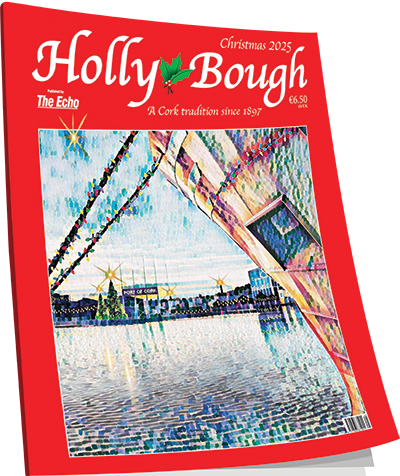WATCH: Liam started ringing famous Cork cathedral bells aged just 12
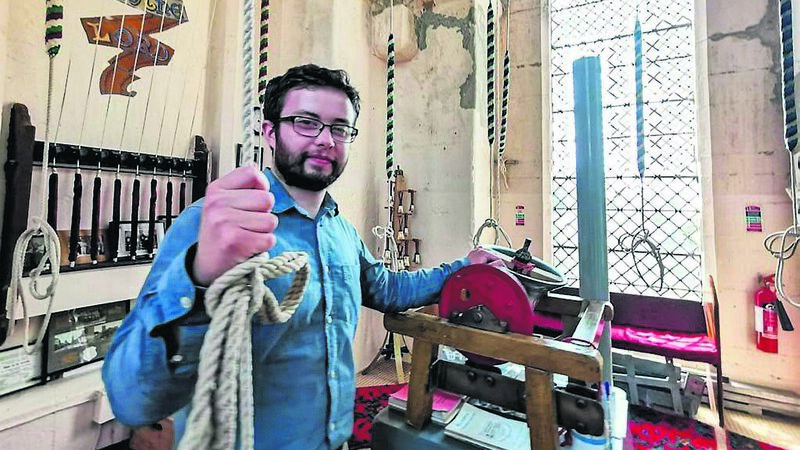
Liam O’ Sullivan, the newly-appointed Tower Master at St Fin Barre’s Cathedral
CONSECRATED 152 years ago, in 1870, St Fin Barre’s Cathedral has become one of Cork city’s most cherished landmarks.
The building’s rich and varied history is today echoed by the array of colourful people who maintain one of the main traditions associated with the cathedral - campanology. That’s bell ringing to you and me.
It’s what you hear blasting from the general area of College Road on a Sunday morning. It takes a bit of skill, there’s a bit more to it than meets the ear.
Yes, you pull a rope and a bell clangs, but the type of ringing heard in St Finn Barre’s is called circular bell ringing and it takes a team of ringers to do it right.
In Ireland, there are 37 churches towers that utilise this style of ringing, 34 of which belong to the Church of Ireland. The remaining three are Catholic Churches and they situated are in Wexford, Dublin and Limerick.
Liam O’Sullivan, 26, from Ballyvolane is about to become the Cathedral's new tower captain.
He will be the first tower captain at St Finn Barre’s since the passing of his predecessor, George Roberts, who died in February, 2021. Big shoes to fill.
Liam, an architecture graduate, music teacher and member of the Mayfield Brass Band for 18 years, has been ringing bells at St Fin Barre’s since he was 12 years old.
When he joined the St Finn Barre’s ringers, it was right after the bells returned to the tower, after the restoration project that took place in 2008.
So, what draws a 12-year-old to ring church bells?
“I had heard about the bells being taken away for the restoration, so I was asking the caretaker (of St Finn Barre’s at the time) about it, and he got me in touch with the ringers,” Liam explained.
“I started as soon as the bells came back from restoration.”
The morning I’m visiting the tower, there are only three ringers present. There are usually between four and six but today clashes with a bowling event that some ringers have attended.
Yet, to the untrained ear, it sounds like there could be a lot more than three people ringing.
Liam explains how that is.
“Today we rang arpeggio”
Which is?
“Arpeggio is a musical term meaning the first, third, fifth and eighth note of the scale. That works out perfectly on bells if you’re short of people because three or four people can ring arpeggio and it can sound like there’s seven or eight people ringing.”
So, for people walking past, looking up and wondering what’s going on, how would you explain that? “Yeah, a lot of people walk past thinking it’s just a machine or a record or something, but there are real bells up here.
“We’ve 13 bells and they’re all rung ‘full circle’ (referring to the circular bell ringing that happens in St Fin Barre’s).
“They’re all rung mechanically; no electrics involved. One person per bell. It’s a question of teamwork, which is an important aspect of it, so that’s what makes it all work”.
Ber Murray has recently taken up learning circular bell ringing at St Finn Barre’s. Her path into the hobby was perhaps a little unusual.
“I started ringing at St Fnn Barre’s in about February of this year. I’ve loved the sound of bells and I’ve been involved in choirs all my life,” explained Ber.
“But I never really thought about ringing bells as a hobby. It really is a pandemic interest. In April, 2021, I joined an online group of bell ringers.”
Online bell ringing?
Ber adds: “They were ringing on an online app called ‘Wheatley’. It’s very different from physical ringing. What you’re doing is, you’re looking at the methods and learning different ones. It’s a whole new interest for me. It’s a whole lot of new people whose company I love.”
Alicia St Leger is a local historian who also enjoys ringing the bells at St Fin Barre’s. She’s well versed in the history of the bells there, which rotate while ringing across the city.
“There was a set of eight bells cast in 1751 by Abel Rudhall of Gloucester (whose bells are in Shandon also),” said Alicia.
“They were put into the tower of the 18th century Cathedral. They’re thought to have been installed and ready for ringing by the end of 1752 or early 1753. Two of those were recast in 1862.
“Not long after that, that Cathedral and tower was all taken down when they were building the new Cathedral, the present one. So the bells were taken away and kept safe.
“They built the new Cathedral, and it was consecrated in 1870. Around then, though the full rebuild was not yet complete, they reinstalled the bells, but they were hung in a way that they could only be chimed by one person, not rung by a team,” said Alicia.
She continues to explain that, by 1901, the version of St Fin Barre’s that stands on the well-known site today was complete. They had put in a new steel frame which meant the bells we hear today could be rung in the circular bell ringing style.
Around that time, also, some of the bells were recast by Taylors in the UK. Taylors were known for making the bells attached to the Cobh Cathedral Carillon.
Fast forward to a 110-odd years, and it’s time to restore the bells once again.
“In 2007/2008, a big job was done on the tower. They took out the old steel frame,” Alicia explains. “The original eight bells were put back in and there five new bells cast and added in.”
It was at this time that the newly crowned tower master Liam O’Sullivan joined the ringing team.
So how does Liam feel about being asked to take such a responsible role at St Fin Barre’s?
“I was delighted to be asked, although I wasn’t expecting it. Most of the other ringers have been ringing for a lot longer than I have.
“I think, given my musical experience, I know which bells will sound best at a time. I think that’s the big reason they asked me.
“I’m delighted, really. Not many people are asked to be tower captain,” Liam says.
Guy St Ledger, Tower Secretary at St Fin Barre’s and a campanologist of more than 40 years, said: “Liam is very enthusiastic about the prospect of being tower captain and will be committed to the role.”
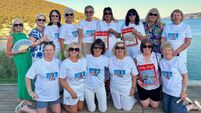
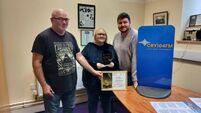
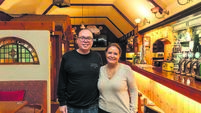
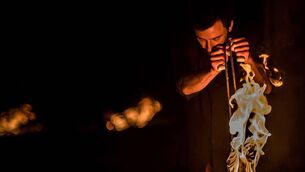



 App?
App?



